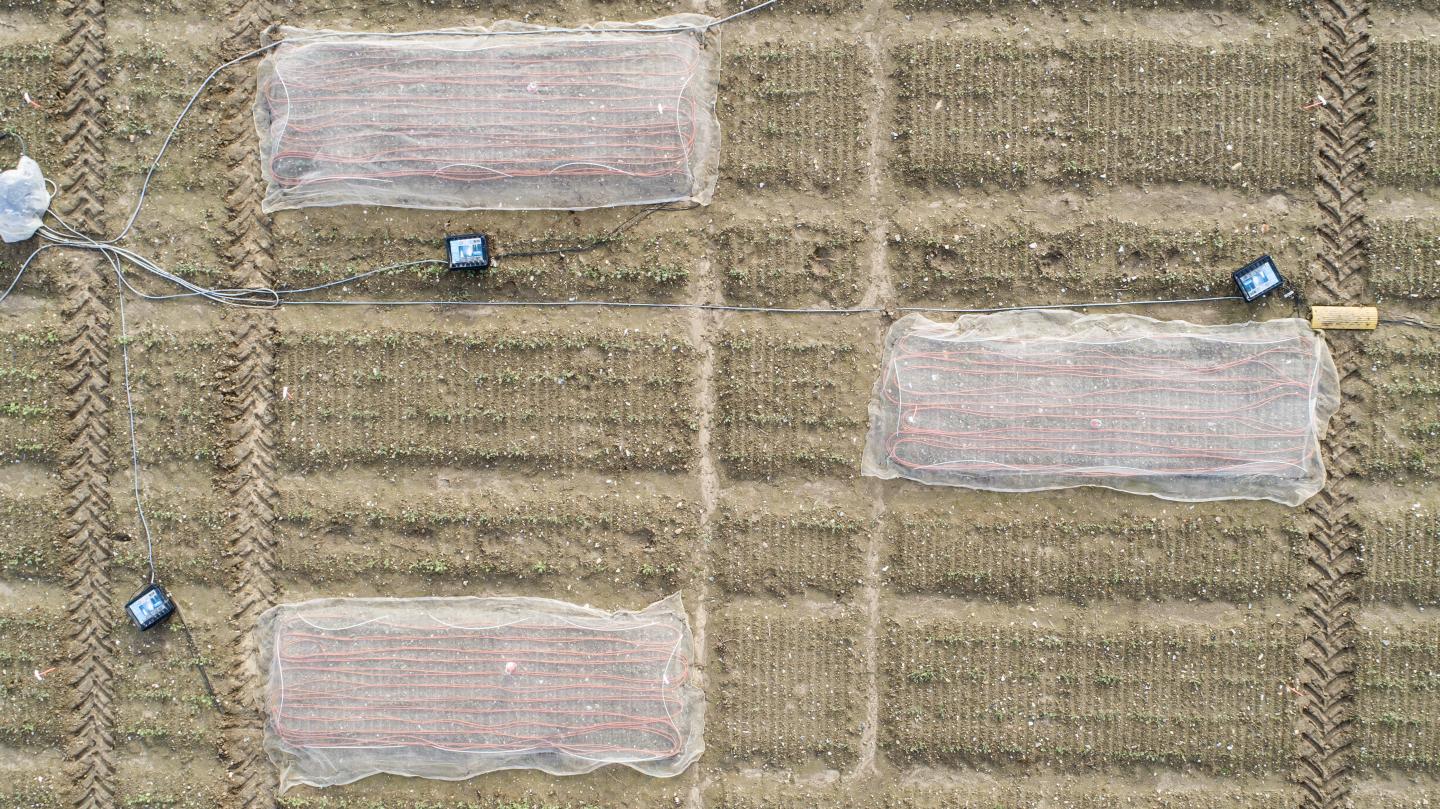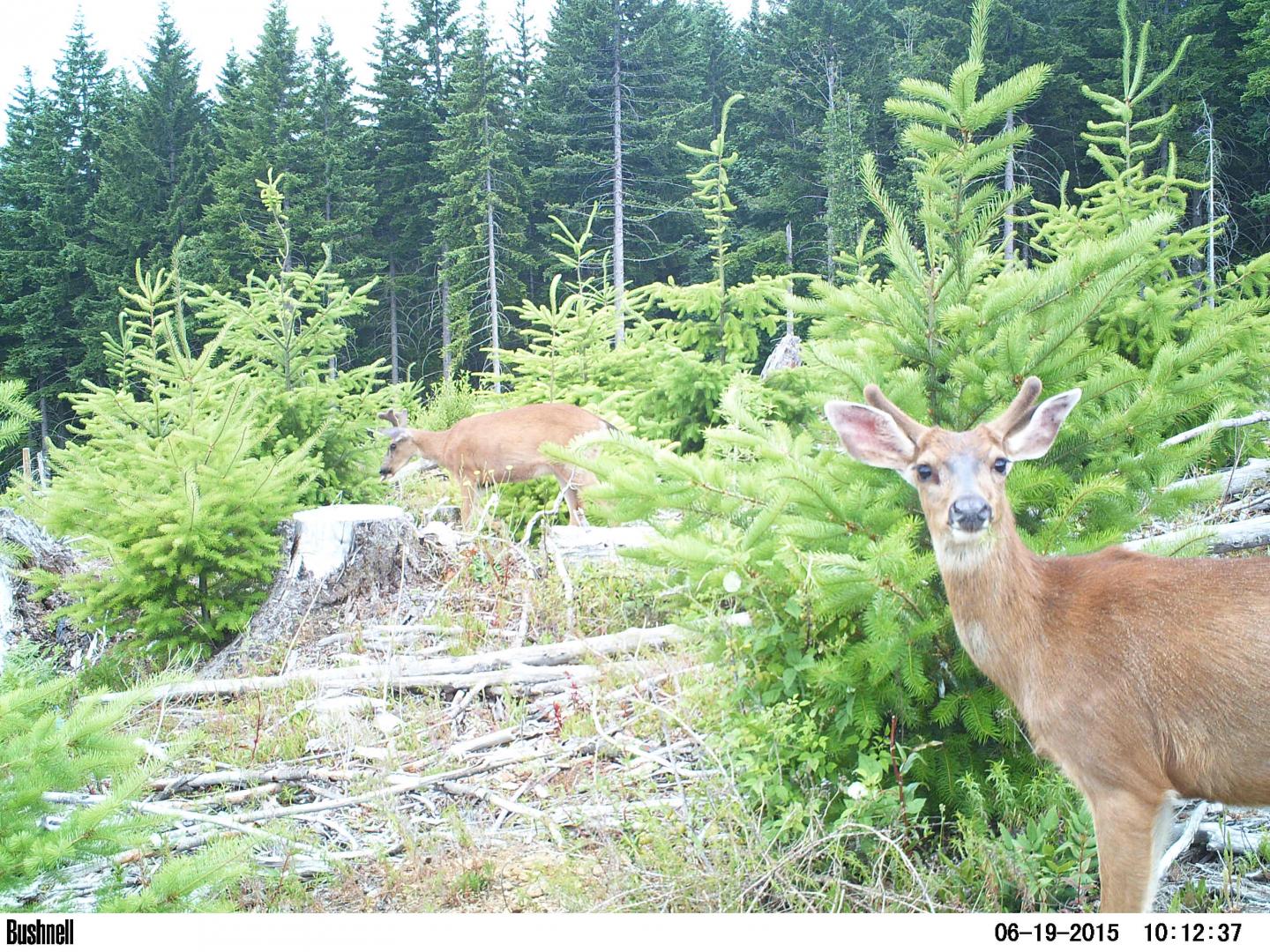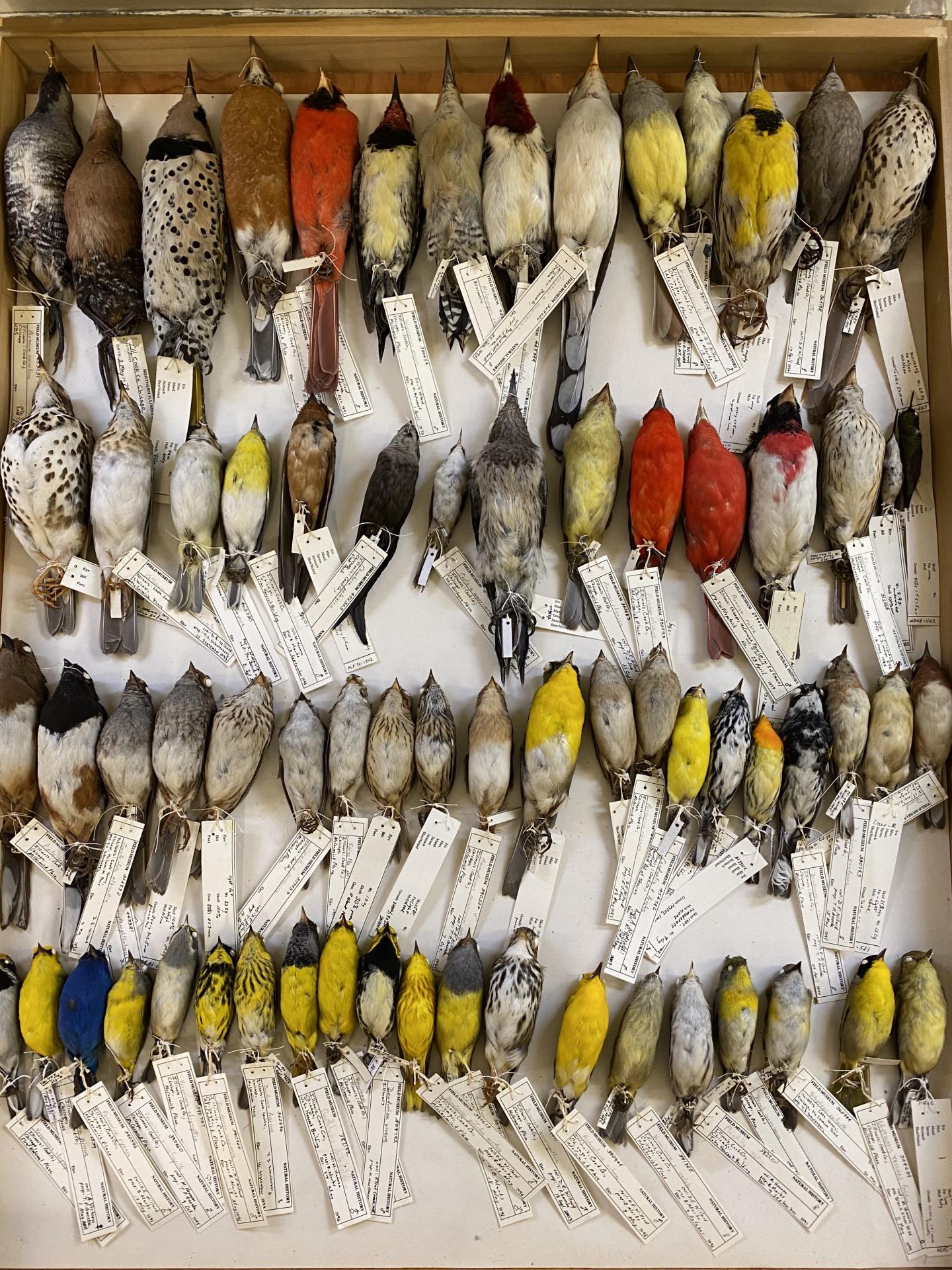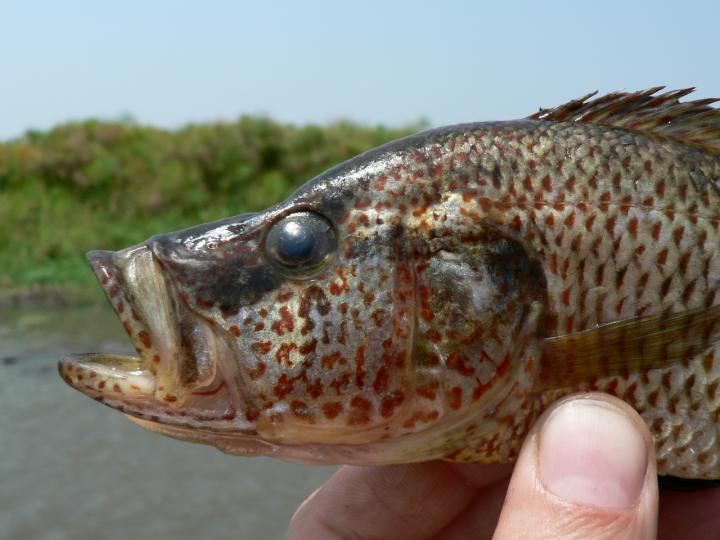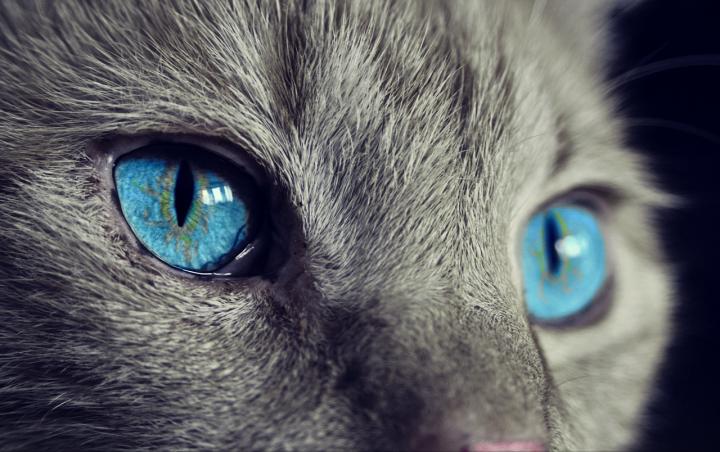Forest fragmentation hits wildlife hardest in the tropics
Animals that evolved in environments subject to large-scale habitat-altering events like fires and storms are better equipped to handle forest fragmentation caused by human development than species in low-disturbance environments, new research shows. Oregon State University scientists led an international collaboration whose work provides an important road map as conservation managers consider the effects of … Read more

